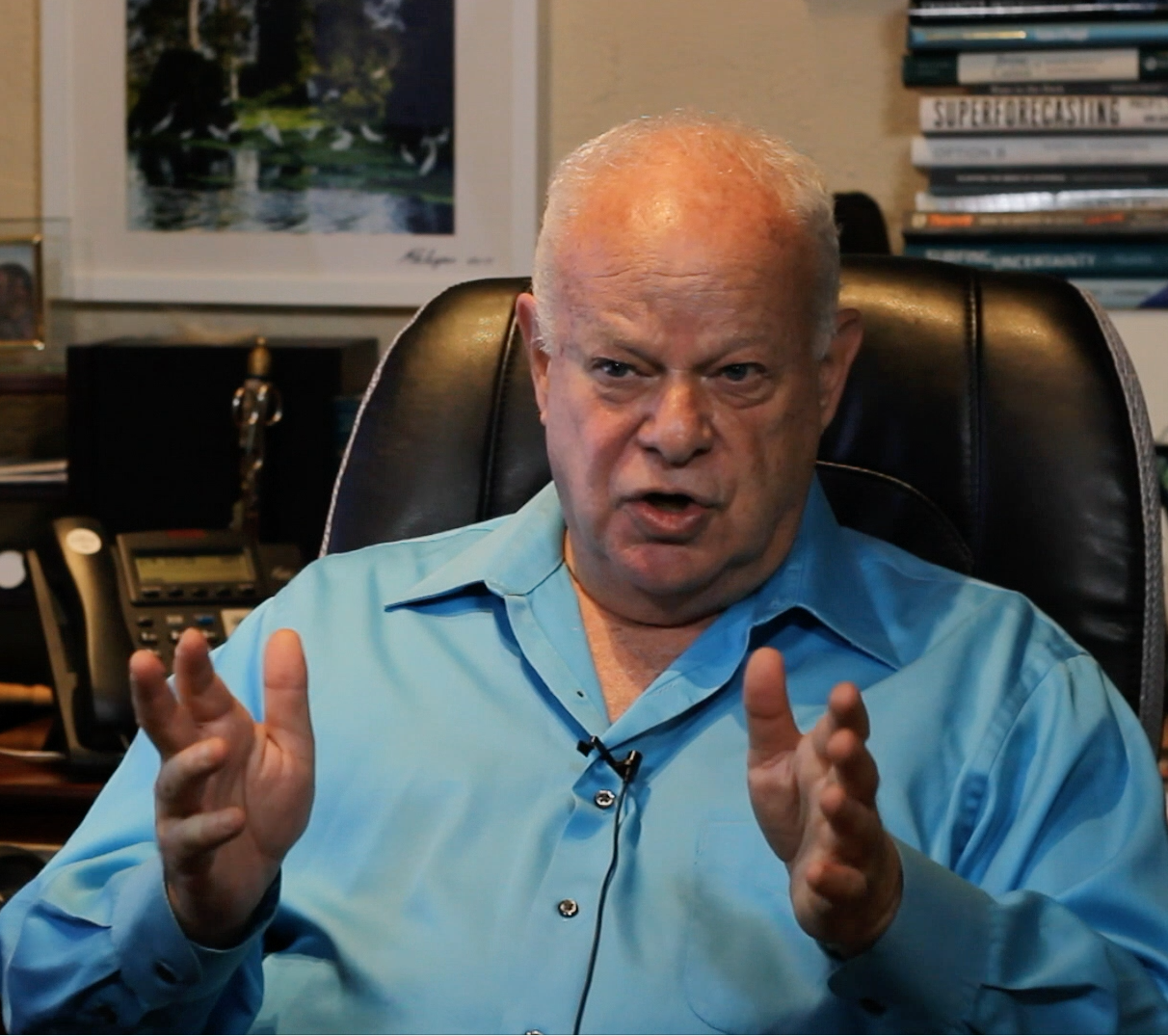The Value of Positive Education
Martin E.P. Seligman, P.H.D. — gives an overview of the value of Positive Education and its benefits in the classroom for both teachers and students, including research results from scholar Alejandro Adler. Seligman's contribution to our film was invaluable and helped to show importance of an emphasis on happiness and contentment in schools, which has demonstrably led to an improved learning environment and higher test scores. (YouTube Interview)
What Parents Want From Schools vs. What They Want For Their Children
"I wanted to tell you about positive education. I've asked thousands of parents two questions:
The first is, in two words or fewer, what do you most want in life for your child? And the answer is things like happiness, health, civility, life, satisfaction, contentment, and meaning. And then I asked parents in two words or fewer, what the schools teach, and they say, literacy, numeracy, science, discipline, and conformity… Notice how little overlap there is between what schools teach and what we most want in life for our children.
Now, I want you to imagine the notion of positive education—that you as a teacher can both teach your subject matter, geometry, English, football—and you can at the same time teach well being, life satisfaction, happiness, and meaning."

The Evolution of Positive Education
"Thirty years ago, we didn't know how to teach the happiness skills. But in the last thirty years we found that positive emotion, engagement, good relationships, and meaning, are all measurable and teachable. So this opens up a wonderful possibility for every classroom, that you can both teach your subject matter, and engage the skills and lessons for building well being.
When we first put this notion forward to school principals and to ministers of education, they said, “Well, look, school is a zero-sum game. You want to teach wellbeing and happiness, but school is about science and literacy and numeracy. What are you going to cut out?”
What the Research Showed
"So, this is the important question of whether happy children—children who have learned the skills of well being do worse, better, or the same in the traditional goals of education, and so on. So, Alejandro Adler has gone around the world—to Bhutan, to Mexico and to Peru—and in huge numbers of children in Peru, 694,000 children in 700, schools, half of them get school as usual. The other half get school as usual, plus positive psychology, the skills of happiness and well being.
Alejandro then comes back a year and two years later, and finds first, that the schools in which the kids have learned well being have higher well being. But most importantly, the schools in which the kids learn positive psychology, their national standardized exams are higher."

The Conclusion
"So it turns out that happy children do better academically, and as a teacher, it is now within your power, both to teach your subject matter in an excellent way, but also to increase the well being of your students, resulting in higher well being, and most importantly, in higher traditional academic goals.” — Martin E.P. Seligman, P.H.D.